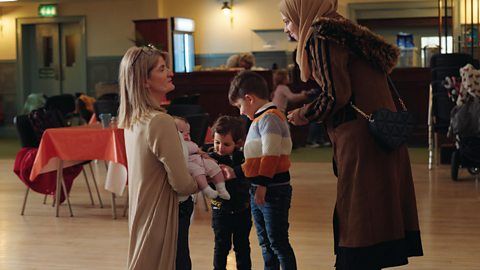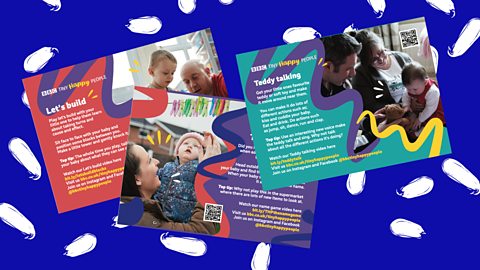Playgroups are fantastic for helping children improve their language and communication, motor skills and relationship-building skills.
As well as providing an environment for children to have fun and learn, a good playgroup can have the added reward of helping to develop connections between people in the community.
If you havenãt got one happening near you, you might want to set one up.
We spoke to Dee and Tavga, who both run playgroups in Greater Manchester, to get some tips for a successful Stay and Play group.
What's the best time for your group?
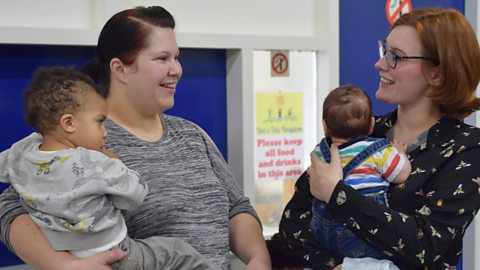
Itãs important to do your research on the area and to get to know the needs of your community, the cultural backgrounds of families in the area, the languages they speak, the sorts of jobs people do.
Think carefully about your venue ã does it have storage facilities, a kitchen, seating and good accessibility? Can people get there easily?
Another thing to consider is the time of your playgroup sessions and how they might fit in with peopleãs daily routine.
'It isnãt a good idea to make your session the same time as the school run, but Iãve found that 9:15am works well, as it lets people make it on time', says Dee. 'Think about whether you want to open up in half terms too. If so, you might want to think of how you might include older children that are at home too.'
'It isnãt a good idea to make your session the same time as the school run, but Iãve found that 9:15am works well, as it lets people make it on time'
What drinks and snacks to serve at a community group
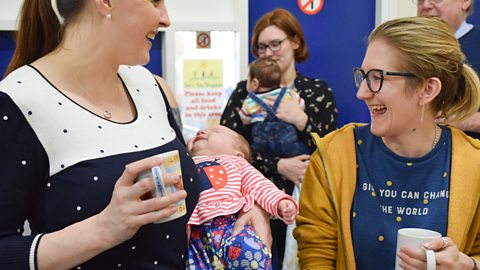
A hot drink can be a key part of a playgroup, as it makes parents feel at ease and gives them something to start chatting over. Just make sure you set aside a safe area for parents to enjoy teas and coffees.
You may also want to provide snacks, if you have the budget and time to prepare them. Think about healthy and child-friendly options, for example fruit and yoghurts.
If you do choose to offer food, speak to parents to make sure youãre aware of any allergies children may have.
How should you lay out your Stay and Play?
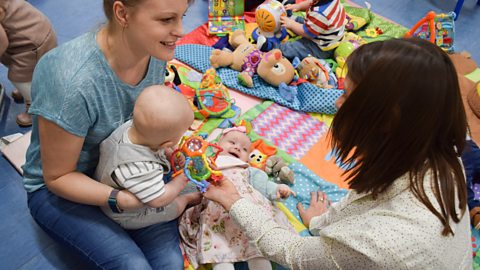
You might want to set out a separate area for mums to get down on the floor with babies.
Think about the best place for this area, as youãll want to make sure itãs out of the way of excitable older toddlers rushing around. Lay out some soft mats with baby toys and touch-and-feel books.
Deeãs playgroup is particularly large, so she likes to create areas for different types of play. She has a ãrole-play areaã with model kitchen, shop counter and work bench, a book corner, a sensory room with disco lights, and an area with play tents and ride-on toys for more active play. Maybe start small and simple to begin with, but you could offer more areas as the Stay and Play becomes more popular.
Stay and play activity ideas
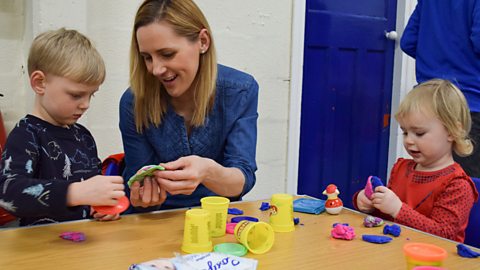
Try to provide a variety of activities, as the types of play that children will enjoy will depend on their ages and interests.
Free play is a key part of most playgroup sessions, and lets children play with one another under parental supervision, while the parents have chance to meet and chat.
Itãs good to have a range of toys for different age groups and which help children develop both their fine motor skills (using their hands and fingers) and gross motor skills (walking, crawling, jumping etc).
You might want to build in some craft activities, which can be linked to the calendar (e.g. Motherãs Day, Eid, Chinese New Year) or the seasons (e.g. making paper snowflakes, painting leaves in different colours).
Circle time can be good too, to bring all of the children and parents together and share stories, rhymes, songs and lessons.
If you're looking for activity inspiration, our website has loads of play ideas for babies ages 0-5.
Why do we sing at baby groups?

Singing together is a great idea for circle time. It is something that all of the children and parents can get involved with together and is brilliant for childrenãs language learning, whether theyãre newborn babies or nearing school-age.
The repetition in nursery rhymes is brilliant for helping children to learn words and the anticipation of what comes next can be very exciting for toddlers. Throw in some actions and itãs great for getting children active too.
In Tavgaãs group, ãSleeping Bunniesã is a big favourite, getting the children excited as she turns the lights off and on.
Why you should get to know the parents
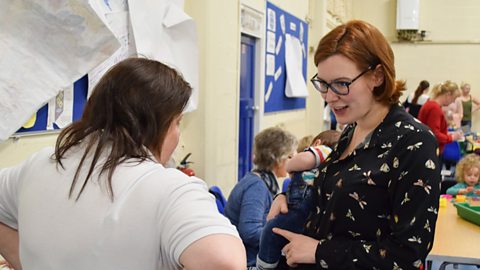
The most important part of any playgroup is the people that attend.
Listening to parents is the best way of improving your playgroup. You can ask for feedback on how to make activities better and find out what does or doesnãt work. Or, like Tavga, you can make the most of parentsã skills by getting them involved in telling stories and running craft sessions, ãEverybody has their talents. I encourage them to share their talents and give them different responsibilitiesã.
ãI really try to listen to what the parents sayã, says Dee, ãeven though I run the group and lead ã it really belongs to themã. Tavga agrees, ãItãs important that they know that it isnãt my group, itãs theirsã.
Itãs important that parents know that it isnãt my group, itãs theirs.
If you're thinking of starting a Stay and Play group in your area, there are a number of places to go for practical advice on setting one up, like the , or .

